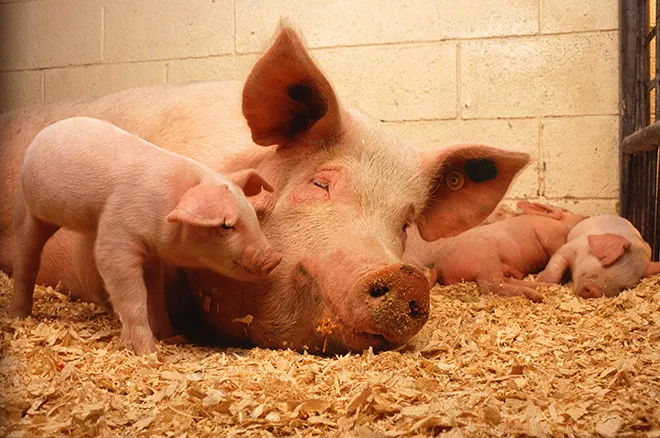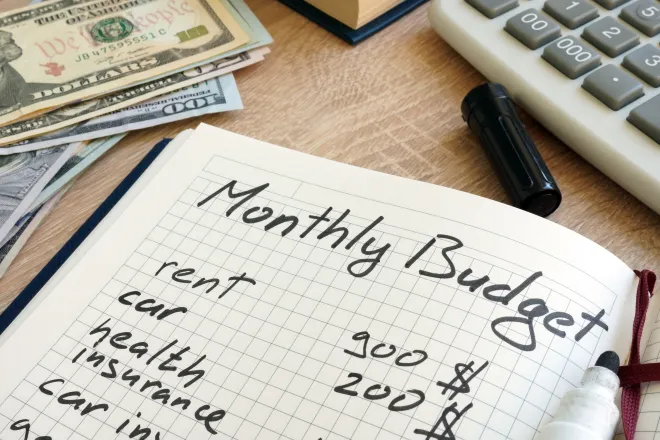
Report: Moms spend 167 percent more time parenting than dads
Click play to listen to this article.
Sunday is Mother's Day, and what moms may need most is a day off.
Research shows that inequities persist in the amount of time moms and dads spend on child care. In 2023, American mothers spent on average 167 percent more time on primary caregiving than fathers. And the Institute for Women's Policy Research says that costs a mom nearly $17,000 per year - and $450 billion nationwide - in "foregone" income.

© iStock - SanneBerg
Kate Bahn, the institute's chief economist and senior vice president for research, said the trend continues with "secondary child care," or supervising children while multitasking - mothers spend 133 percent more time doing so than fathers.
"That is not time you can go into an office. That is not time where you can be out of the house," she said. "And so, that is time where you also still can't work for earnings. Some mothers are really constrained by their disproportionate caregiving responsibility."
Data show that in Montana, mothers make 59 percent of what fathers make per year - a difference of nearly $25,000. The inequities are worse among Native American moms in the state, whose pay is about half the earnings of white fathers.
Bahn added that rural families may face extra barriers.
"If we're thinking about all the constraints that shape how women decide to engage in the labor market," she said, "it can be things like driving distance to a job, access to child-care services for your children."
A bill to help support child-care workers in Montana passed both chambers of the state Legislature and could get to the governor's desk. It would expand eligibility for the "Best Beginnings Child Care Scholarship Program" to include child care workers - who are some of the state's lowest-paid workers.

















